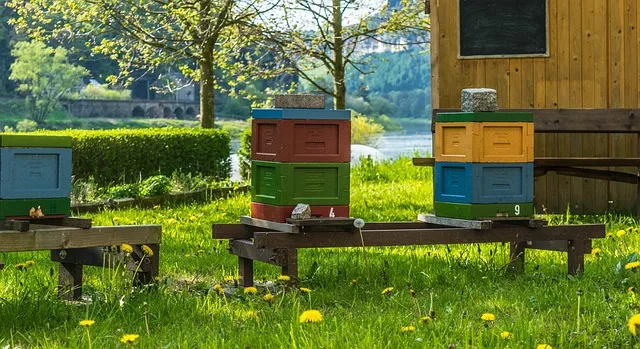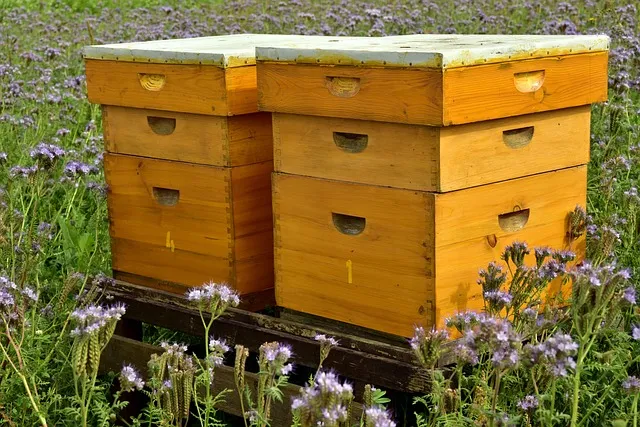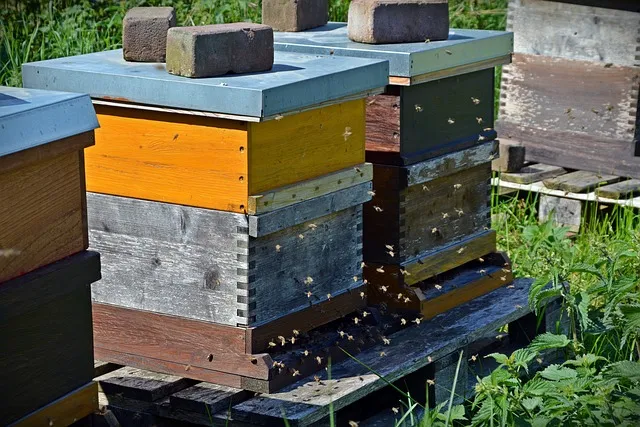How far should a bee box be from a house?
Many people ought to think that beekeeping requires large stretches of land. And while this is true for commercial apiculture, you are free to house your beehives in a small land or backyard. Honey bees have the potential to fly as far as five miles in search of food resources and navigate back to their nests. However, you will require an ideal spot for your bees away from your house to protect your family from bee stings. Some bee races are more defensive than others. It is good to keep the hives away from children’s playgrounds and high-traffic areas.
Similar Articles you may like to read –
How high should beehives be off the ground?
How many acres do you need for beekeeping?
How close to a fence can you put a beehive?
How deep should a bee box be?
How far should a bee box be from a house?
To keep peace between a beehive and your household, you should place the hive away from the high-traffic area of your outdoor space. The bees require a runaway without obstacles before they reach a high altitude. Blocking their flight path is inviting trouble! They will need about 6 feet of linear space to reach about 6 feet of latitude. You should go for 100 feet on all sides for an aggressive bee stock.
If the bee race has a calm temperament, you can go for 25 feet at the minimum. Since beehives are heavy, getting a proper spot from the word go is good to avoid relocating the hive. Their flight path should be a seldom-used area of your yard or roof. You should also avoid pointing the entrance to your neighbour’s property, your pet’s house, your backdoor, etc. Bees fly in a straight line while leaving the hive.
How far should beehives be apart?
Bee colonies do not require too much space from each other since they have minimal or no negative impact when close to each other. Most beehives are approximately 22 inches and 16 inches. For each beehive, you will require at least five feet of space around the hive. If you have several hives, they should be at least 3 feet apart.
Factors to consider before you set up an apiary in your backyard?
Local Laws and Regulations
Some states regulate residential beekeeping. Some of these laws include the minimum lot size in beekeeping, the distance between a hive and property line, and the maximum number of hives allowed in a lot size. It is good to familiarise yourself with local laws and ordinances.
Safety
Bee stings can be dangerous and sometimes lethal. Safety should be a priority when evaluating whether you have enough space for hives.
Accessibility
Beehives should be in an easily accessible place to facilitate regular inspections, honey harvesting and change of equipment. While you would like to place it away from the house, it should not be too far either. 200-300 meters from your house allows you to easily access them without being bothered by bees.
Neighbours
Not everyone will welcome your idea of keeping bees. You should let them know your beekeeping plans and try to win them over since some may be hesitant. It is also good to keep a hive away from their property line.
Sunlight
Bees require a sheltered place in hot climates. In cool climates, a dry, sunny position is ideal. The entrance should face the east or southeastern direction so that they can enjoy the early morning sun.
More articles you may like to read –
What does a bee sting look like in the skin? How to remove it?
Flowers Plants That Do Not Attract Honey Bees and Other Insects
How many bees can kill a human? if sting together
How to keep Honey Bees away from the pool
How high should the hive be from the ground?
The ideal height of the hive should be 18 inches from the ground. However, this may also depend on your stature. This height is favorable for your back while working. It makes it easy to work and manipulate the boxes. It also helps to get the hive off the ground and away from the wet ground. It enhances air circulation from below when you are using a screened bottom board. With this height, the skunks and raccoons cannot be a problem to the bees.



